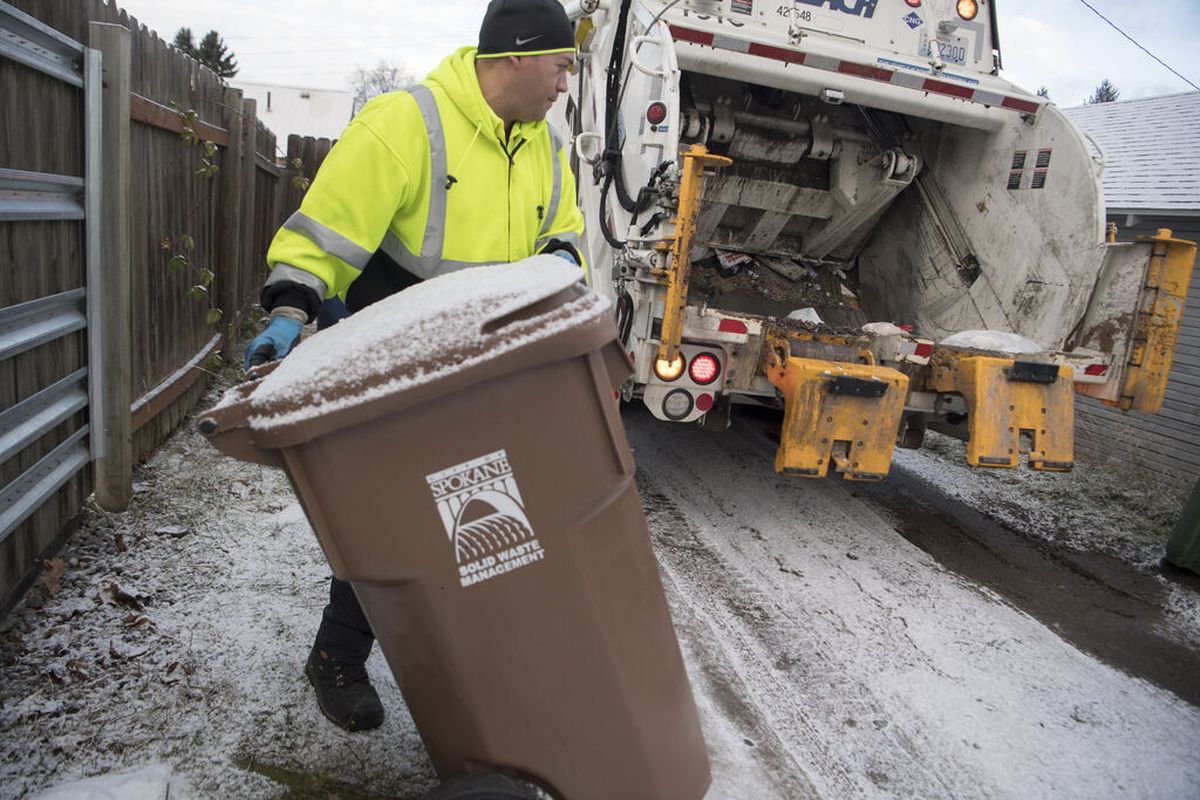After a decade of steady increases, Spokane utility rates may jump next two years

After a decade of steady increases to Spokane utility bills, larger rate hikes are expected for the next two years as the city attempts to catch back up with inflation.
Depending on the season, a typical ratepayer could see their utility bills cost another $7.14 per month in 2025, and an additional $8.40 per month in 2026, a 4.9-5.5% hike, according to a recommendation by the city Public Works and Utilities Division. Rate increases must be approved by the Spokane City Council, and a vote is expected by November at the latest.
For the past decade, Spokane residents have had the cost for their city utilities, including water, stormwater, solid waste and others, each increase by about 2.9% annually. In 2024, costs for solid waste collection – garbage, recycling and compost – increased by 10%, but other city utilities didn’t increase a cent, keeping residents’ overall cost increase to about 2.9%.
While that trend of rate increases kept pace with inflation for most of the decade, that hasn’t been the case in the last few years following the start of the COVID-19 pandemic. Solid waste in particular was hit by higher labor and material costs, including a 63% cost increase for diesel alone, which is why that department received the entirety of this year’s rate increases.
City leaders kept costs down for other utilities this year out of concern about cost-burdened residents, but higher hikes are coming in the years ahead.
Those recommended cost increases are still significantly lower than they could have been, Public Works Director Marlene Feist told the City Council Monday. Public Works has recommended delaying payments for a significant portion of its scheduled infrastructure improvements, preventing cost increases from looking more like 11.5% annually for water service and 6% to 20% annually for wastewater.
That strategy does come with some risk, Feist noted. It only allows for moderate growth in the city over the next four years and assumes inflation, which has cooled, doesn’t heat up again. Major changes could require the city to change its strategy, Feist said Monday.
Hoping to relieve some of the added burden on those who can least afford it, the city plans to increase its discounts for seniors and the disabled from $10 per month to $15 per month in 2025 and doubling to $20 per month in 2026.
Feist also recommended a number of incentives to encourage residents to use less water and put more food and yard waste into the city’s organic waste bins rather than garbage cans. Customers who opt to use smaller garbage cans along with an organic waste bin could save anywhere from a buck to $20 over just using a larger garbage can.
If approved, the existing $5 monthly discount for residential property owners who use less water than 80% of other customers will also be doubled to $10 per month by 2026.
The recommended changes to water rates next year, meanwhile, are meant to discourage high water use. The monthly base charge, just for being connected to the city’s service, will increase 25 cents to $19.01, but the rate for using water won’t increase for most users.
The median residential customer with a lawn to water, for instance, uses around 22 units, or 16,500 gallons, of water in the summertime. That median customer’s water bill next year would only increase 25 cents for that base charge, but the bill for actually using the water should be the same.
A customer who uses more than 25 units of water next year would see a rate increase. For instance, the 26th unit would cost $1.61, up from $1.30; the 46th unit would cost $2.31, up from $1.63. Each “unit” is 750 gallons.
Water rates across the board are expected to increase another 4.9% in 2026 under this plan.